NASA Report Suggests Boeing’s Underqualified Workforce Has Led to Major Problems
Boeing has once again been criticized in the media after a report from NASA suggested that the manufacturer’s reliance on underqualified workers has resulted in quality control issues.
Boeing is currently working on NASA’s Space Launch System, which aims to take astronauts back to the Moon. Yet, the inexperienced workers are causing significant delays, leading to rising costs for the space agency.
Problems With Boeing Planes
If you’ve ever flown on an airplane, you’ve likely sat onboard a Boeing craft. The American company is currently considered the world’s second-largest commercial aircraft manufacturer.
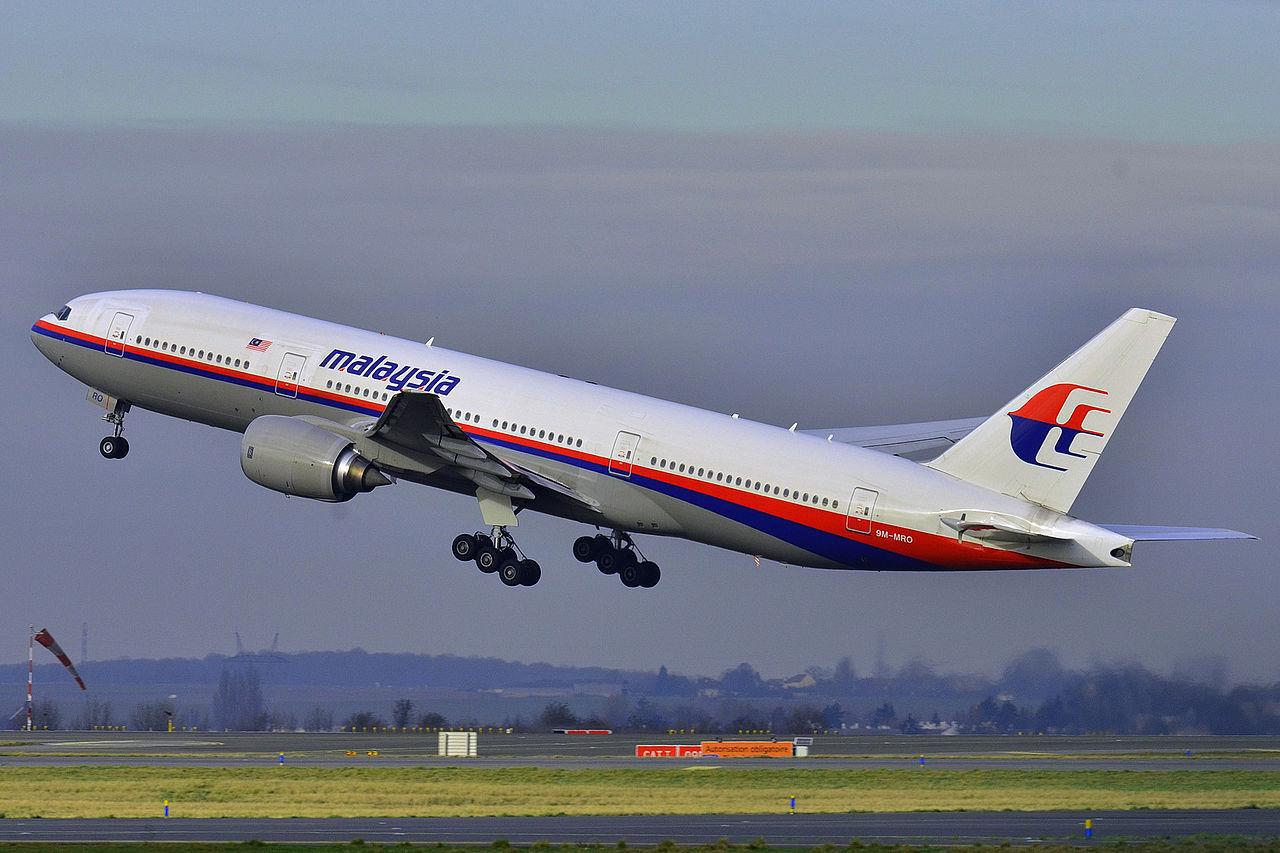
Source: Wikimedia
However, in recent years, the manufacturer has come under fire for several reasons, including the grounding of certain aircraft, safety issues with its 737-MAX, and, of course, the remarks of a former employee whose comments sparked widespread concern five years ago.
Boeing Whistleblower
Back in 2019, Boeing was dragged into the spotlight after a former quality manager, John Barnett, shocked the world during an interview with the New York Times by claiming that many planes were commissioned despite exhibiting numerous safety concerns.

Source: @PopBase/X
“As a quality manager at Boeing, you’re the last line of defense before a defect makes it out to the flying public,” Barnett said. “And I haven’t seen a plane out of Charleston yet that I’d put my name on saying it’s safe and airworthy.”
Whistleblower Found Dead
Barnett had worked at Boeing for decades before he made the initial claims. In the years that followed, he continued to raise concerns about the production standard and safety of Boeing aircraft and later sued the company, claiming it retaliated to his comments.

Source: Freepik
Unfortunately, before the court case was settled, Barnett was found dead in his truck on March 9 of this year with a gunshot wound, which officials later ruled a suicide.
NASA Reports Drags Boeing Back Into the Light
With Barnett’s death, the safety concerns surrounding Boeing’s manufacturing slowly receded into the shadows.

Source: Freepik
Despite this, the aircraft manufacturer has found its way back into the media, only this time following a report from NASA, which claims the manufacturer’s reliance on unqualified workers has led to major delays for its Space Launch System.
The Space Launch System
Boeing has been working on NASA’s SLS, a next-generation space rocket designed to take astronauts back to the moon, for several years. However, the project has hit many hurdles and is expected to cost a whopping $5.7 billion, which is around $700 million over budget.
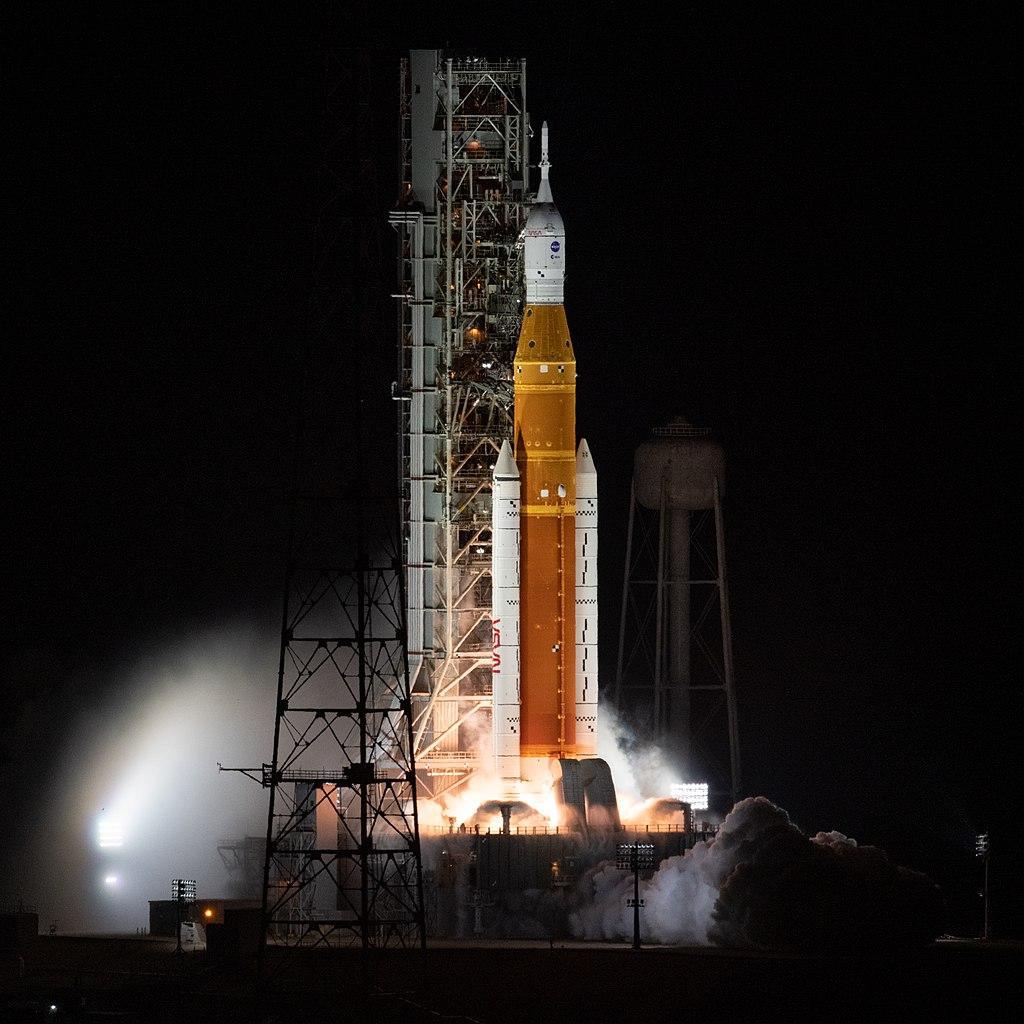
Source: Wikimedia
The project is also around six years behind schedule, which NASA blames on the inexperienced workers provided by Boeing.
NASAs Report
NASA’s Office of Inspector General released a detailed report on the project’s problems, highlighting a lack of “trained and experienced aerospace workers” as a major reason behind the delays.
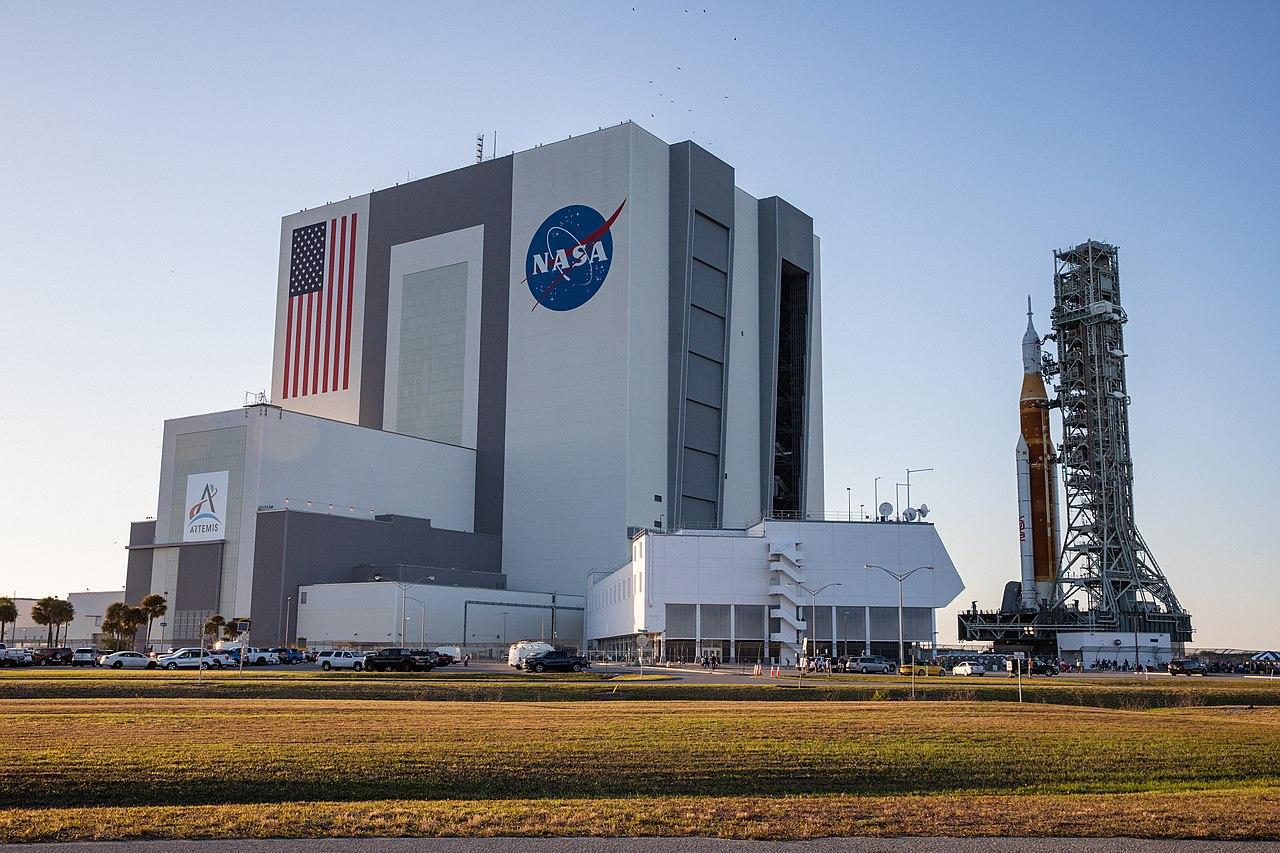
Source: Wikimedia
It also mentioned “significant quality control deficiencies” arising at Boeing’s Michoud Assembly Facility, where the manufacturer has been attempting to provide in-house training.
Boeing Fails to Correct Deficiencies
In one section of the report, NASA officials detail Boeing’s inability to correct the previously identified issues.

Source: Freepik
“Boeing’s process to address deficiencies to date has been ineffective, and the company has generally been nonresponsive in taking corrective actions when the same quality control issues reoccur,” it added.
NASA Associate Administrator Follows Up on Report
Catherine Koerner, NASA’s associate administrator for the Exploration Systems Development Mission Directorate, followed up on the report with a statement.
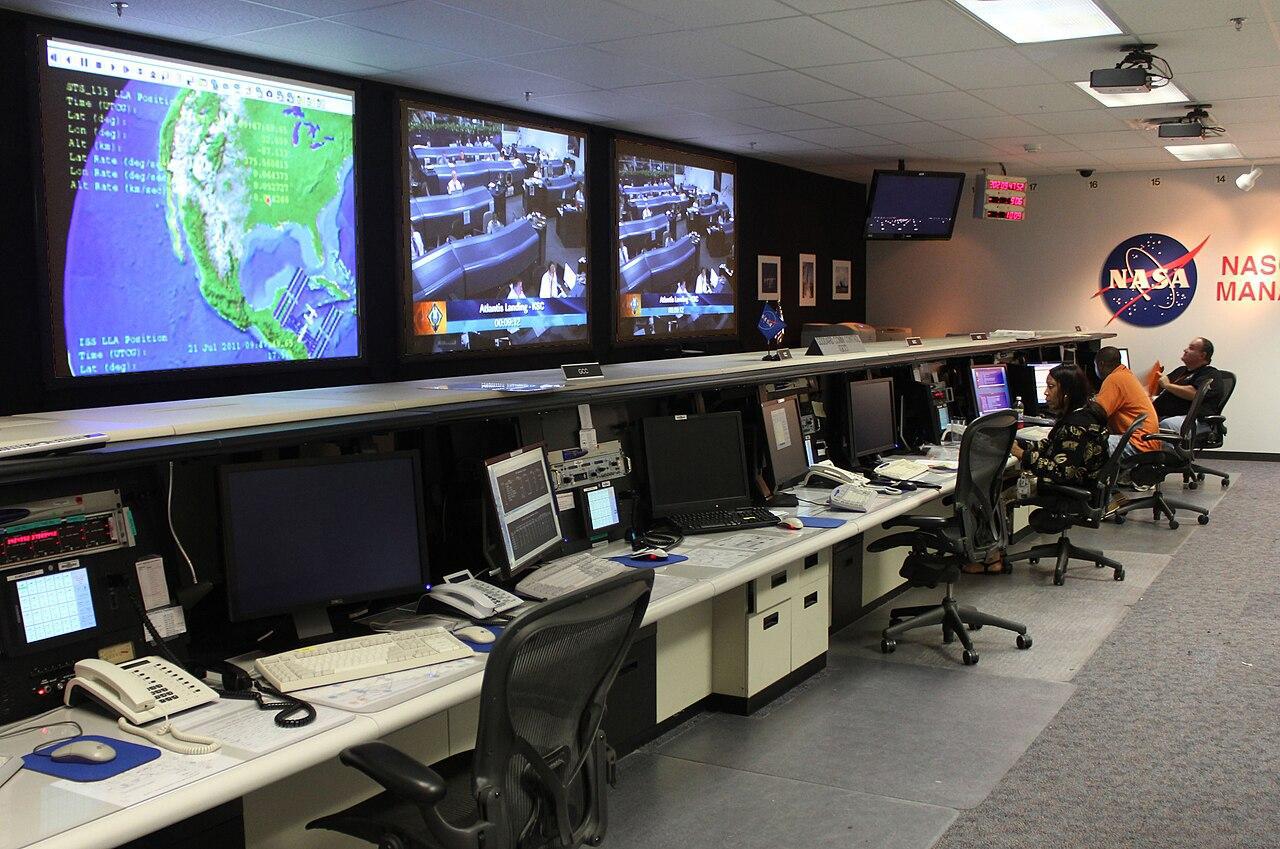
Source: Wikimedia
“NASA is dedicated to ensuring that its workforce and associated contractors are qualified and properly trained to ensure the safety of its missions,” Koerner.
NASA Debates Implementing Penalties
In their reports, NASA officials listed several recommendations, such as including levying “financial penalties for Boeing’s noncompliance with quality control standards.”

Source: Freepik
However, after carefully examining Boeing’s handling of the project further, Koerner revealed that NASA decided against implementing any kind of penalty.
Plans to Return to the Moon
Once complete, the Space Launch System and the accompanying Orion spacecraft will finally take astronauts back to the Moon and eventually establish a lunar base.
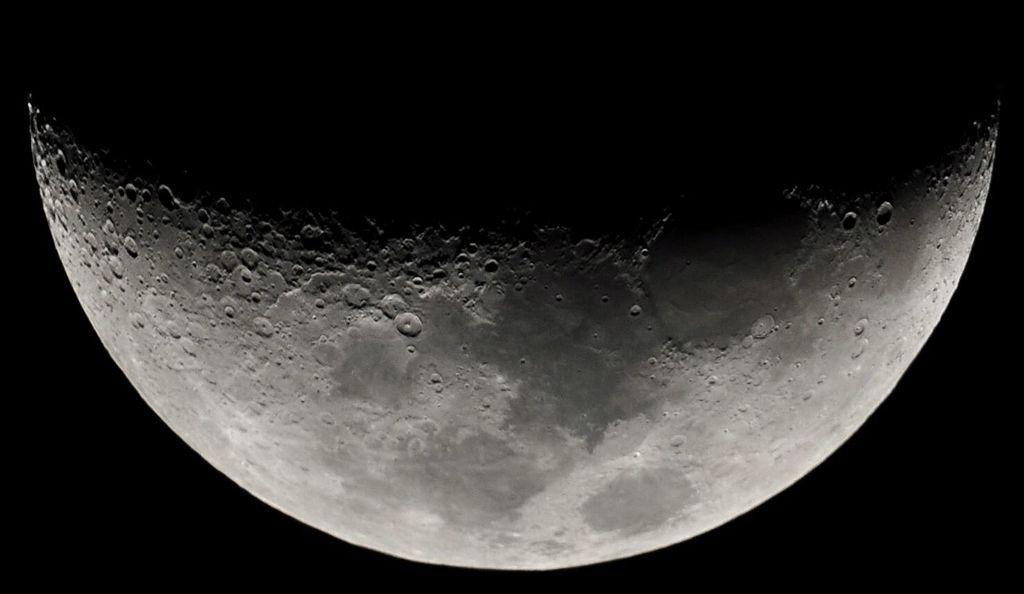
Source: Wikimedia
In 2022, during the Artemis I mission, NASA conducted an uncrewed test flight of the SLS and Orion capsule. Next year, NASA aims to complete phase two of the Artemis mission, a crucial step that will see four astronauts embark on a flight around the Moon.
NASA Spends $42 Billion to Return to the Moon
Boeing has also been developing a larger SLS model, which NASA hopes will allow them to haul a significant amount of cargo to the moon. The company has been working on the project since 2014.

Source: Freepik
According to reports, the SLS Block 1B will likely cost NASA around $5.7 billion by the time it finally launches. Over the past decade, NASA has spent around $42 billion on the Space Launch System and Orion projects.
